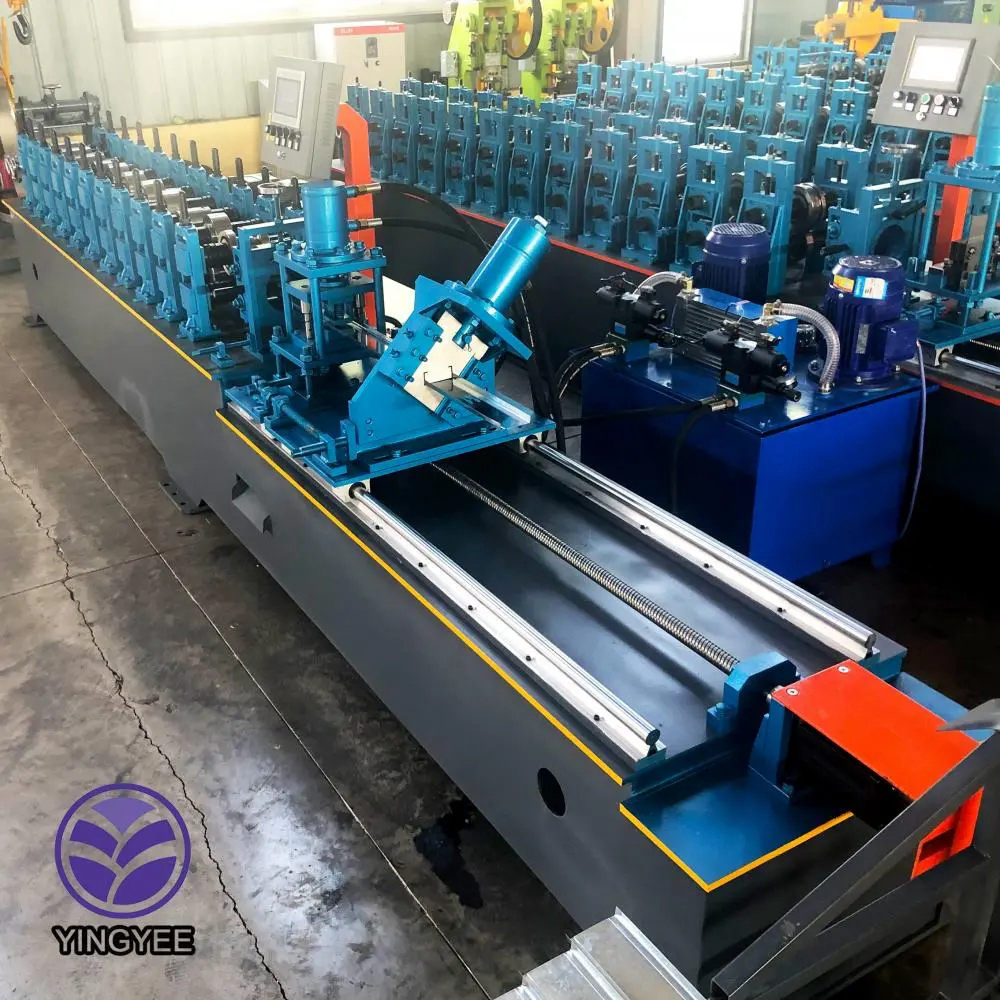
The Evolution and Significance of PU Sandwich Panel Lines
The construction industry has seen remarkable innovations over the past few decades, and one of the most significant advancements has been in the production of polyurethane (PU) sandwich panels. These panels have become a popular choice for various construction applications due to their excellent thermal insulation properties, lightweight structure, and ease of installation. The PU sandwich panel line plays a critical role in the manufacturing process, facilitating the efficient production of these versatile panels.
Understanding PU Sandwich Panels
PU sandwich panels consist of two outer layers, typically made of metal, that encapsulate a core of polyurethane foam. This unique composition offers a combination of strength, durability, and insulation efficiency. As the demand for energy-efficient building materials grows, PU sandwich panels have emerged as an ideal solution, especially in commercial, industrial, and even residential constructions.
One of the defining characteristics of PU sandwich panels is their impressive insulation performance. The polyurethane foam core provides low thermal conductivity, which helps maintain interior temperatures, reducing energy consumption for heating and cooling. This is essential in an era where sustainability and energy efficiency are at the forefront of building design and development.
The PU Sandwich Panel Line A Technological Marvel
The PU sandwich panel line is a sophisticated manufacturing setup designed to produce these panels with precision and efficiency. The line typically consists of several key components, including
1. Foam Preparation Unit This section is responsible for mixing the raw polyurethane components, which undergo a chemical reaction to create the foam. The quality of the foam directly impacts the overall performance of the sandwich panels. Therefore, careful control of temperature and mixing ratios is essential.
2. Panel Production Line In this segment, the prepared foam is sandwiched between the two metal sheets. This process can be achieved through different methods, including continuous lamination or batch production. The choice depends on the desired output and specific application requirements.

3. Heat and Pressure Application To ensure a strong bond between the foam and the metal sheets, the panels are subjected to heat and pressure. This step solidifies the foam and enhances the overall structural integrity of the panel. Advanced equipment allows for precise control of temperature and pressure, resulting in panels that meet exact specifications.
4. Cutting and Finishing Station Once the panels are formed, they are cut to the desired dimensions. Additional finishing processes may include surface treatment to enhance durability and aesthetics, as well as quality checks to ensure that each panel meets industry standards.
5. Packaging and Storage After production, the panels are carefully packaged for delivery. Efficient storage solutions are also in place to manage the inventory and ensure timely distribution to construction sites.
Applications and Advantages
The versatility of PU sandwich panels makes them suitable for various applications, including cold storage facilities, industrial warehouses, commercial buildings, and residential homes. Their lightweight nature simplifies transportation and installation, which can significantly reduce construction time and labor costs.
Furthermore, the long lifespan and low maintenance requirements of PU sandwich panels contribute to their cost-effectiveness over the years. Consumers are increasingly looking for materials that not only lower energy costs but also provide value over time, making PU sandwich panels a compelling choice.
Conclusion
In conclusion, the PU sandwich panel line represents a significant advancement in construction technology. Its ability to produce high-quality panels efficiently and effectively meets the growing demand for energy-efficient building materials. As industries focus more on sustainability, the role of PU sandwich panels will only continue to expand, making the PU sandwich panel line an essential component in the future of construction. By embracing modern manufacturing techniques, we can build smarter, more sustainable structures that benefit both the environment and society at large.